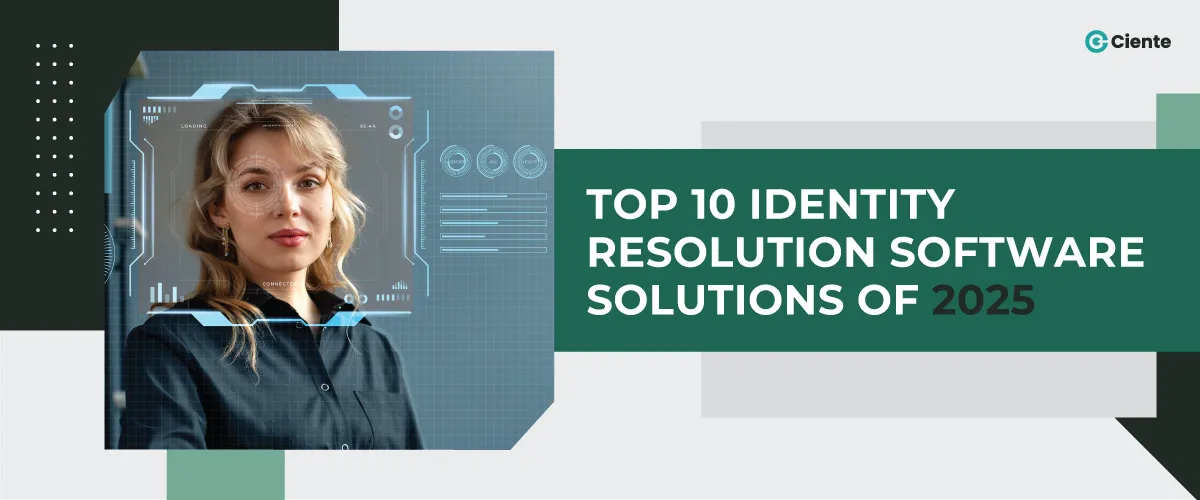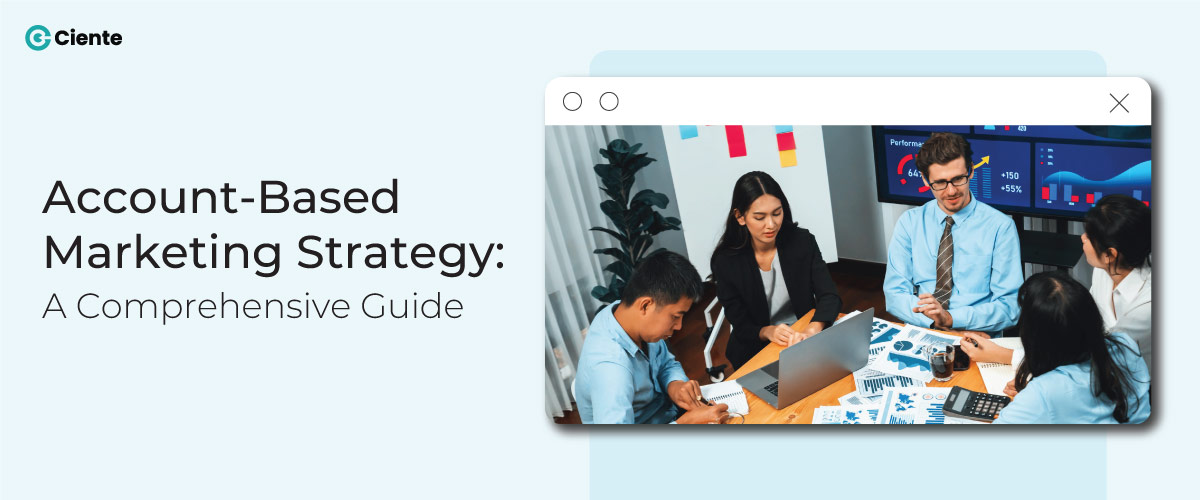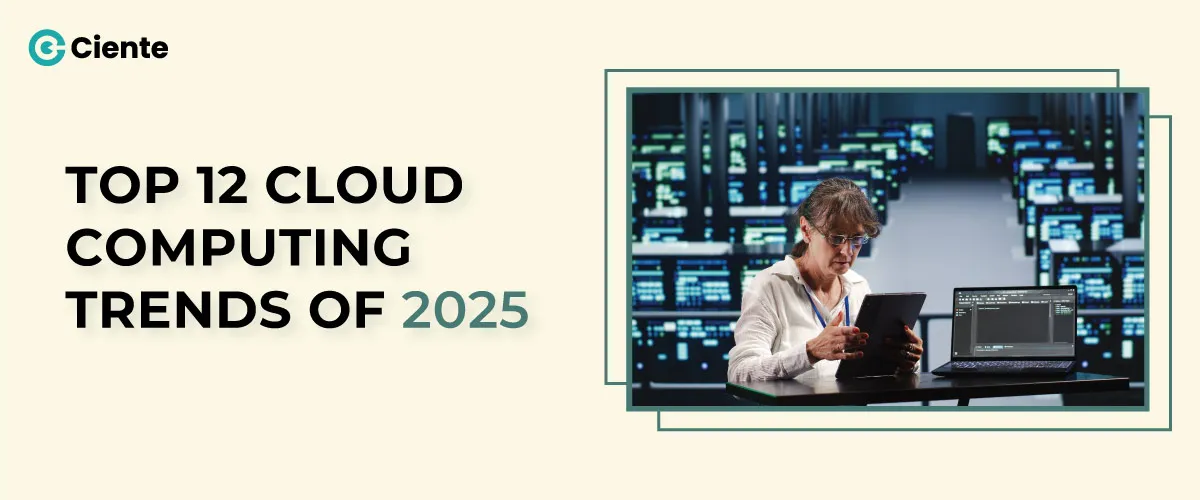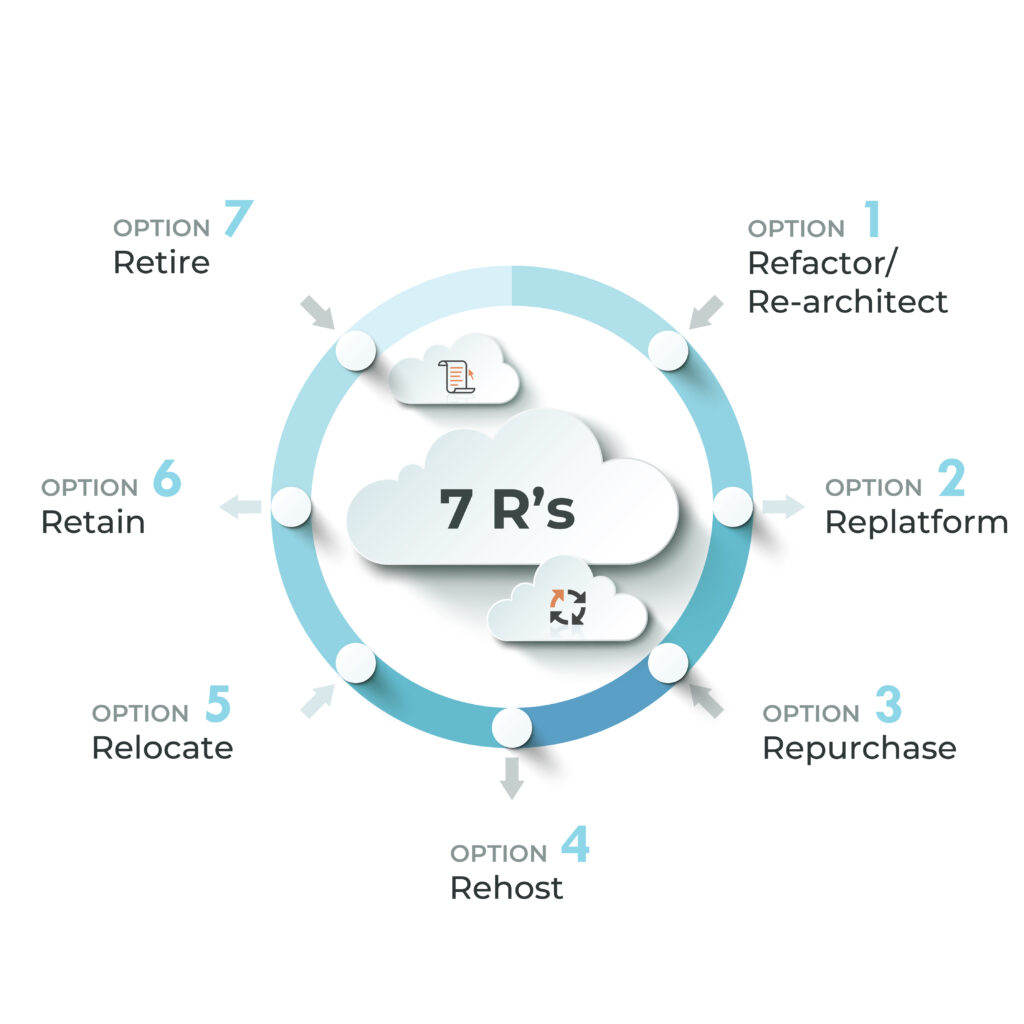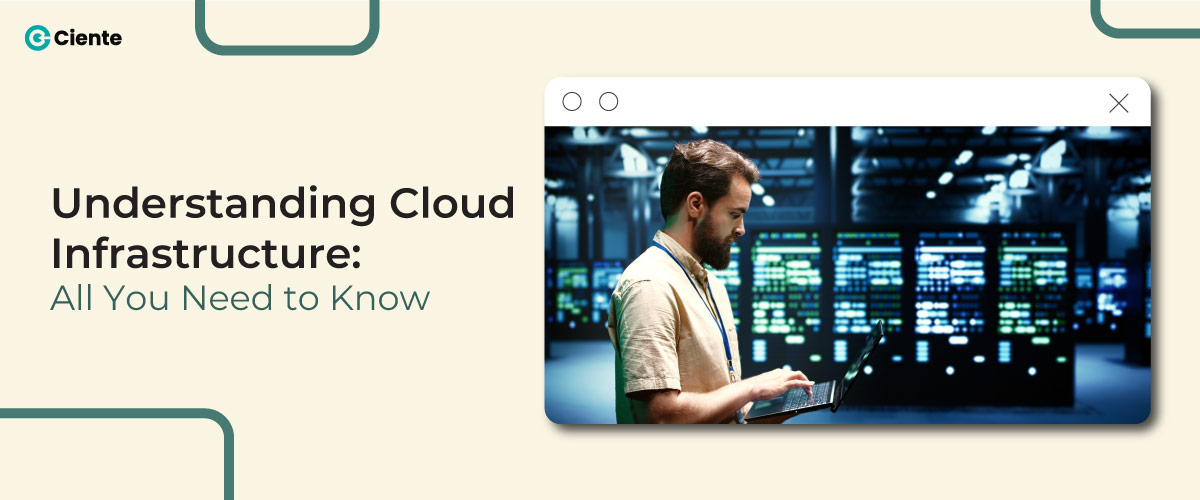How to Develop a Winning B2B Content Marketing Plan?
There’s a stark difference between a marketing strategy that generates an action and one that fails to do so. How can you build long-term brand loyalty through high-quality content?
2024 is the year when the content marketing sector is estimated to continue expanding, reaching a whopping $600 billion! A successful strategy can facilitate brand awareness among potential customers, but how do you get it right? To establish a brand that offers value, designing tactics centered around distributing content that will drive awareness, engage prospects, and boost your ROI is the way to go.
You can articulate words to empower your business and communicate to prospects the highlighting features of your services/products. Different types of content like emails, blogs, or E-books will generate a response depending on what the customers prefer. However, the shining star is personalization.
An effective plan must address the audience’s pain points such that they can connect the dots to your business offerings. When you launch personalized content, the audience is more inclined to trust your brand. Let’s explore this strategy to understand these in detail.
More about B2B Content Marketing
The number one advantage of a content strategy is presenting your brand to the right audience and helping you resolve their concerns with substance. It makes more customers want to choose your brand over the competitors. The bottom line— your content must inspire brand loyalty.
It’s not as simple as putting together a list of key phrases or several posts on social media in one week. The marketing plan for content must begin with thorough research of customers, followed by aligning with your overall business plan. The framework has to focus on creating various forms of content and distributing them to attract other businesses, ultimately converting them into high-paying leads.
Additionally, creating an AI generated presentation can simplify internal communication, helping teams quickly understand the strategy, content formats, and distribution channels.
Why go for it
A robust digital marketing strategy comprises a series of components, content being one of them. Any form of write-up composed of high-value keywords and addresses pain points can bring more target accounts to your website, ultimately increasing the overall lead generation.
Here’s a list of benefits of a content marketing plan:
Helps You Know Your Competitors
The thought of analyzing your competitors may seem a little counterintuitive, but it holds much value. You need to look into the steps they implement and the type of content they generate that promotes business growth. How is their website marketing? What strategies could help you create a better plan than them? Finding answers to these will help you figure out why a company would choose your offerings more than that of your competitors. And also provides insights into what measures must be in place so you can consistently maintain the sales dynamics in your favor.
Defines Clear Goals
Without defining clear objectives, your marketing team will navigate like a ship without a compass, vague and clueless. While setting the business targets, develop a framework with achievable goals and timelines. The next step would be aligning these with the company’s overall objectives for market growth and customer satisfaction.
Provides Consistency
Your marketing team is like a combination of a diverse set of expertise. They need to work cohesively to be on the same page. A successful marketing plan would foster consistency concerning brand messaging, visual identity, strategy, and campaigns.
Identifies Your Ideal Customers
When you start developing a marketing plan, one of the main aspects to consider is your target audience, what interests them, their challenges, and ideal solutions. Once you narrow down the different categories of prospects, you can dive deep into the characteristics of those niche audiences. You want your target clientele to read your content and engage with you, and avoid wasting resources on those less likely to convert into paying accounts.
Evaluate KPIs to Measure Marketing Success
Consider this scenario where you have decided to launch a marketing campaign to boost website traffic by around 30% over the next quarter. The success of this campaign can be measured by more than one metric. To get a real lay of the ground, you should employ KPIs such as daily site visitors, bounce rates, most visited pages, and session duration. This is where a remarkable marketing plan comes into the picture. It not only makes it easier to define the vital metrics, but also keeps you updated with real-time feedback.
Key Components of a B2B Content Marketing Plan
An impactful strategy becomes a success due to a variety of determinants-
Clear Understanding of Your Target Audience
Getting to know your audience forms the core of an effective B2B marketing plan. This involves identifying their pain points, what interests them, and what social media channels they are active on. There is a connection between getting what your prospects want and what they prefer. The data collected can work as a simulator for crafting messages the audience can relate to. You can obtain the necessary information through surveys, market research, and mapping the buyer’s journey. The customer personas will vary with demographics, designation, roadblocks, and idea solutions.
Focus On the ROI
Since marketing campaigns can be expensive, it is important to make sure you generate a positive return for every dollar invested. There are different ways to measure revenue returns- hence, integrating SEO is a good idea to attract high-value leads to your brand.
Use Relevant Content to Nurture Your Leads
Relevant content is the key to attracting B2B clients and winning their interest. This means creating write-ups on topics that add value and help them with their concerns. Publishing and re-publishing relevant content is an effective way to attract B2B clients and foster long-term relationships with them.
Multi-channel Approach to Marketing
Every business may have its preference for marketing channels and the type of content they publish. What’s important is to know the platforms the target audience frequents and launch a campaign. It puts you one step closer to connecting with them, enhancing engagement, and ultimately garnering more leads. Sometimes, you could use a mix of channels, making sure it aligns with your company’s goals and objectives. Once you identify these, the next bit is to tailor the content for a potentially positive response. Depending on your capacity and budget, select multiple channels where your content pitches to the specific needs of the client niche. You can also monitor the performance efficiency and modify your strategy if needed.
Emphasize the Customer Journey
The essence of value-driven marketing is mapping the buyer’s journey. This involves evaluating how your prospects transcend through the journey from awareness to the purchase stage. Learning about their roadmap helps you align the marketing plan addressing their pain points. In your brand’s content, you can add data that will increase the chances of prospects converting into high-paying accounts.
The Route to a Successful Content Strategy
A well-documented content highlights your business offerings and how you address the audience’s pain points. According to the Content Marketing Institute, 64% of the most successful companies maintain a documented strategy.
Let’s dive into the guide to create the best content plan:
Define your goals
The first step to a powerful content plan is to define the why— Why is your brand creating a strategy in the first place? Identify what you are trying to achieve through content and then brainstorm ideas on what would work best. The marketing strategy will cater to the objectives you are setting yourself up for and shape the plan. Whether it is getting more engagement or better rankings in Google? Or more traffic, a certain percentile growth in the sales funnel, be clear about your goals.
Identify the Buyer’s Persona
In the B2B arena, understanding the buyer’s persona- their needs, pain points, the solutions they seek, and the content they find valuable will go a long way. This information will help you develop an effective plan to publish material that resonates with the target accounts. When you know your audience well, you can tailor content as per their challenges, increasing the chances of the content being consumed and shared. Aligning with the prospects will enable your content to speak to them at every stage of the customer’s journey.
Shortlist topics to cover
Carefully research each topic, based on relevance and prioritize those with high potential for organic search rankings. Identify the type of content you want to deliver and choose the genre accordingly. Understanding what effective content looks like to your target audience will also help you ideate topics that attract them. Incorporate keyword analytics tools to determine topics offering the potential for a high search volume. An important pointer to keep in mind while nurturing leads is to ensure consistency across all forms of content such as educational blogs, webinars, case studies, E-books, white papers, etc.
Create a Content Calendar
While designing your strategy, a content calendar is a must-have. It should include a detailed plan covering all stages of the sales funnel. Also commonly referred to as an editorial calendar, it helps you organize and schedule content for publication across the chosen channels. Any data must be communicated to the relevant audience for the desired results. When you maintain a content schedule, specify the channels for each publication.
A calendar is more like a roadmap for creating different types of content and defining a timeline for publishing and distributing them. Each content mentioned in the calendar aligns with your overall objectives.
Content promotion and lead nurturing
At each stage of the sales cycle, tailor the content to match the buyer’s journey and integrate it into multiple marketing channels. You can also decide to re-purpose the best-performing content to improve customer engagement and lead conversion.
When prospects show interest in your offerings, it increases the probability of converting them into paying accounts by nurturing them with relevant content. Since the sales cycle can become extensive, nurturing leads will simulate conversations and likely maximize the ROI.
Measuring Success
Metrics analyze whether or not a content campaign served its purpose. It tracks the response through views, clicks, downloads, shares, and lead conversions. What can add to the efficacy is tracking the time spent on each page and the engagement received. These metrics serve as a guideline to adjust your strategy and make changes to the content as and when needed.
Optimize the content
This process involves making sure that the message conveyed is rich in high-value keywords, educational, and provides the information the audience is seeking. Search engine optimization amplifies the audience reach and improves organic search ranking. Once you have gone through this step, promote the information through social media, emails, and other relevant channels.
Prioritize link building
If more companies know your business and understand how it can help with their concerns, it will enhance brand exposure. This is where link building comes in. When you earn links from reputable sites, it improves brand authenticity and increases audience reach. Your business gets more credibility, and customers can trust your offerings more. In this way, you have more chances of getting high-value clients and a higher revenue cycle.
Rounding off
A B2B content marketing plan can amp up business awareness and brand loyalty. However, getting it right may not always be easy. Tailoring your strategy specific to the needs of a company will increase the chances of success and drive the ROI cycle. A robust content framework comprises essential components such as goal-setting, audience profiling, content mapping, channel selection, content promotion, optimization, and analysis.


